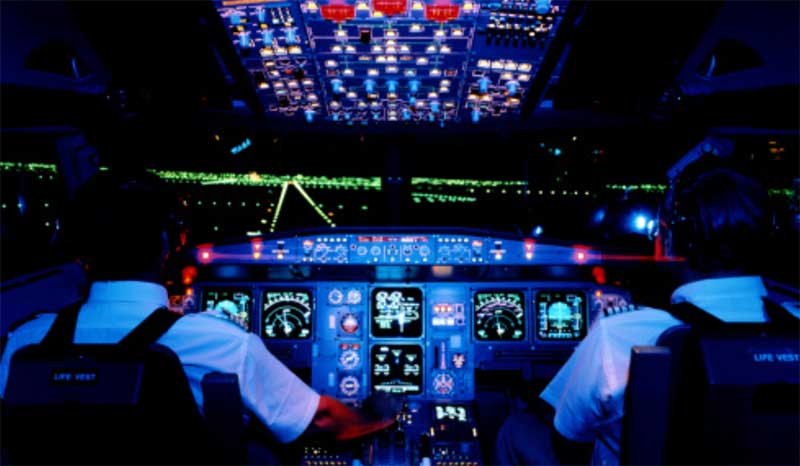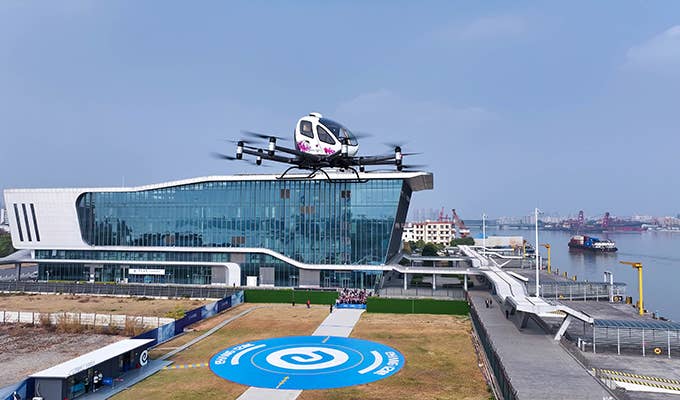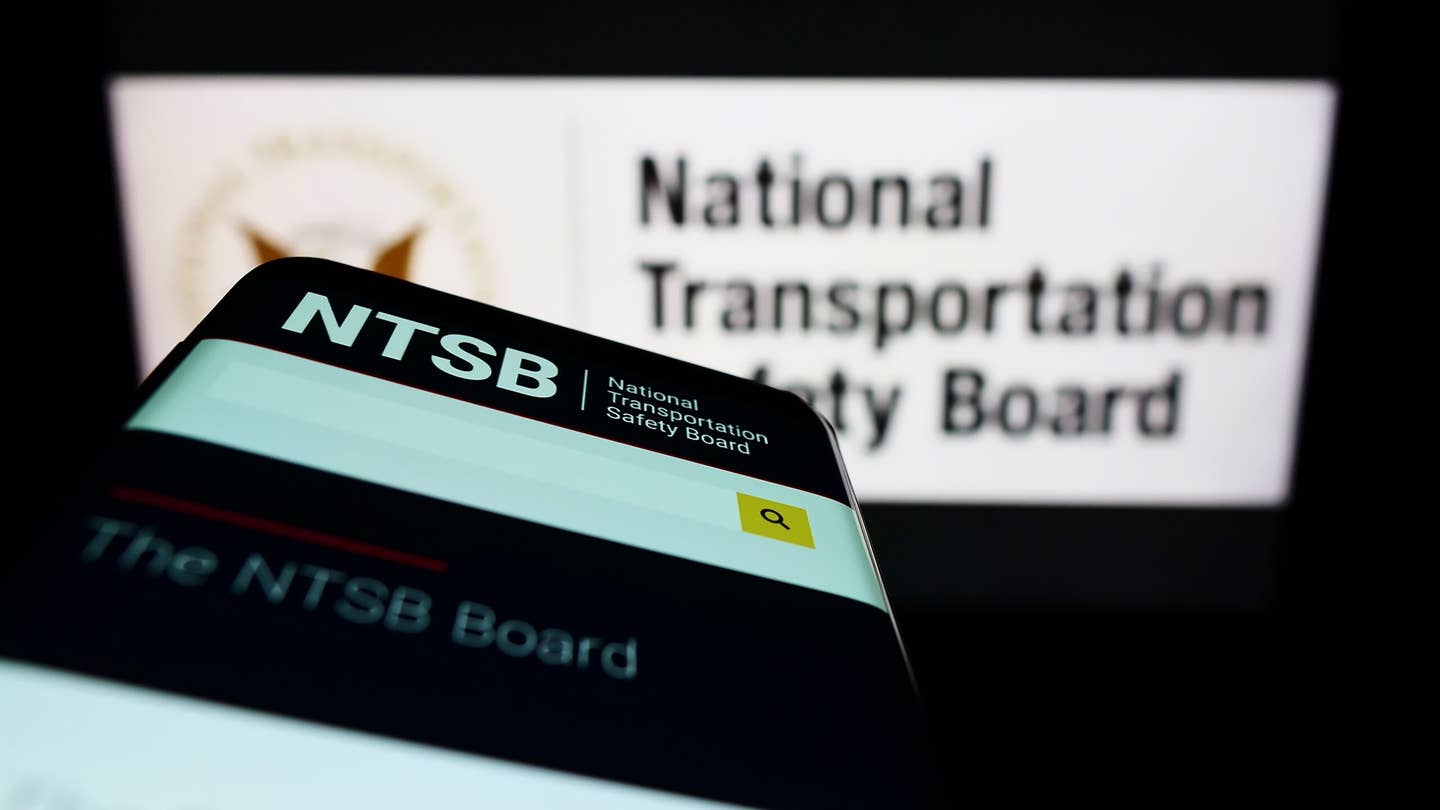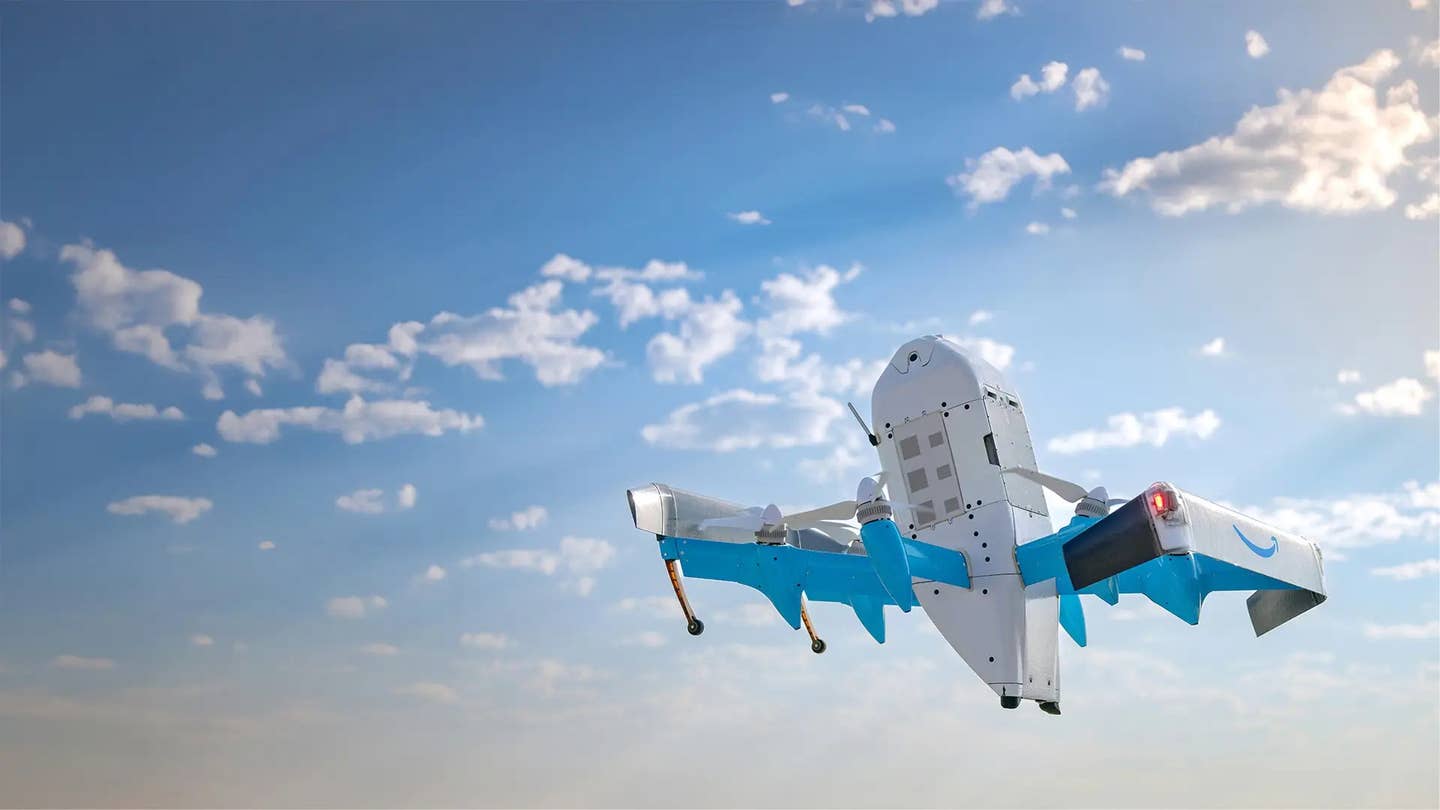
The pilot training system in the United States has remained essentially unchanged for the past 50 or 60 years, with just a few notable exceptions. New technologies have added complexity to the training process, while loss of control accidents have focused everyone on how much we actually did not know about how airplanes fly.
Two accidents in 2009 caught the industry’s attention related to loss of control, for instance. The crash of a Continental Express Dash 8 in Buffalo, New York, and an Air France Airbus A330 over the South Atlantic convinced the FAA that the way we’ve been teaching stalls and stall recovery were all wrong. Companies have since sprung up to teach upset and recovery prevention, focused primarily on recognition of an impending stall, hoping the recovery techniques might never be needed.
While the U.S. commercial airlines just finished their safest year in history with no loss of life, GA has not been so lucky. No matter the numbers, the big industry worry is that people might be lulled into falsely believing the safety problem has finally been solved. The Flight Safety Foundation last week challenged the industry to keep aviation safety front and center, a reminder that just because you haven’t experienced an accident does not mean your operations are safe.
The FSF’s test goes further too by reminding the industry of the fallout following the Continental accident. Significant lobbying by the victim’s families resulted in Congress mandating that every pilot in a Part 121 operation possess an ATP certificate and hence at least 1,500 hours of flight time to win an airline job. Only a handful of other countries share that requirement. Proponents of that Congressional move point to the airline’s improved safety record as proof that the 1,500-hour requirement worked, but those claims have never been tied to data that solidly proves the premise.
The Air Line Pilots Association believes the 1,500-hour rule should not be altered in any form however In a statement, the association said, “While ALPA appreciates the work that went into the white paper, we are disappointed that the Flight Safety Foundation chose to omit the fact that since Congress passed the Airline Safety and Federal Aviation Administration (FAA) Extension Act of 2010, there have been zero fatal passenger airline accidents in the United States. In the two decades prior to enactment of the law, which strengthened pilot training and qualification requirements, more than 1,100 people died in U.S. passenger airline accidents. This change in the law and associated rules have moved the United States into an environment where flight training, flight time, and demonstration of competency are well balanced – and has resulted in safer skies.”
The industry seems to have reached a crossroads in how pilots must be selected, hired, trained. The FSF thinks it’s time to stop “hiding behind” anecdotes about improvements in safety and replace conjecture with “a pragmatic, data-driven approach to pilot training.” The foundation says proving correlations is essential to a continued improvement of the industry’s safety performance.
“The industry needs to embrace, and national civil aviation authorities need to have the flexibility to adopt, competency or evidence-based training methods that target real-world risk and ensure a progressive and satisfactory performance standard,” the FSF said. “It cannot be assumed that critical skills and knowledge will be obtained only through hours in the air.” Only when the quality of the hours a pilot logs are integrated with the quantity can there be any useful interpretations of a pilot’s readiness for the cockpit.
The foundation said, “our improvement in aviation safety has come at a time when we are able to use the power of a growing pool of data and information, through safety management systems and state safety programs, to analyze, predict and mitigate risks before they lead to accidents. These efforts have led to demonstrable improvements in aviation safety.”
But questions remain for the future. Can we, for instance, achieve the necessary levels of safety and produce the quality and the quantity of pilots that will soon be required by using today’s criteria? Are we effectively using the massive amounts of operational data being accumulated? The FSF says the answer to these questions is no.
The Foundation says the industry must today seriously evaluate the positive elements of the many successful, although controversial, ab initio programs in use around the world. “These programs rely heavily on competency or evidence-based training that ensures a progressive and satisfactory standard has been reached throughout training,” despite the fact that crewmembers are brought to fruition with fewer than 1,500 hours.
The FSF believes the future of aviation safety and pilot training calls for an improved screening process, while training for basic non-technical competencies usually obtained through experience, such as communication, analysis, problem solving, leadership and decision making. There also needs to be a renewed focus on the competency and quality of training providers, as well as a system that looks at a pilot’s competency, not merely how many hours they have in their logbook.
Also needed are customizable training programs that maximize the use of simulation that can be easily updated based on a pilot's performance, as well as on globally developed, uncompromising quality/performance criteria. Ab initio programs with operator sponsorship/support and training that places a high value on the knowledge and experience of instructors should also be considered. Finally, the foundation envisions a partnership with the International Civil Aviation Organization and industry to define rules, recommendations, guidelines and expected quality and performance required of flight academies.

Sign-up for newsletters & special offers!
Get the latest FLYING stories & special offers delivered directly to your inbox






